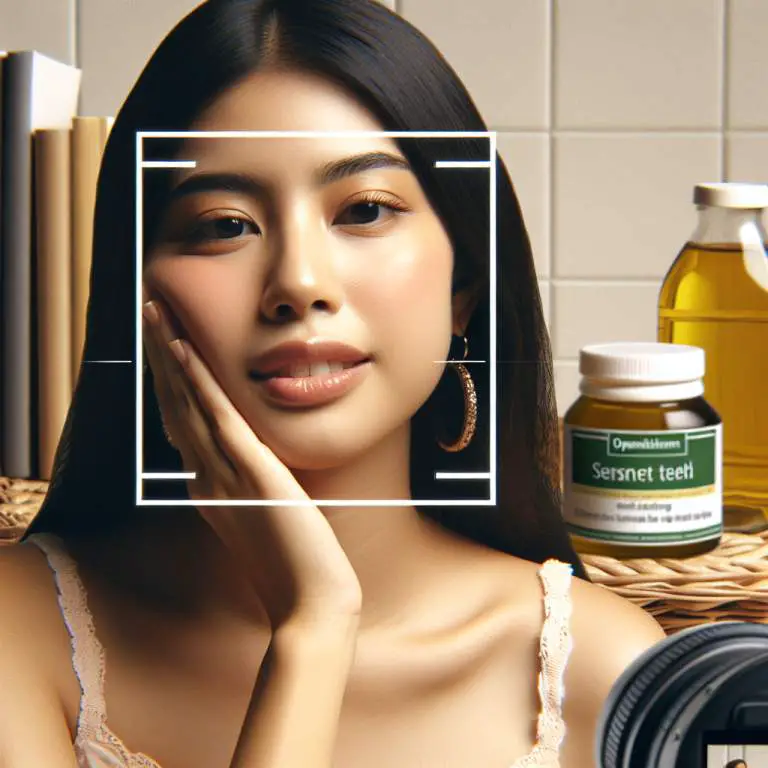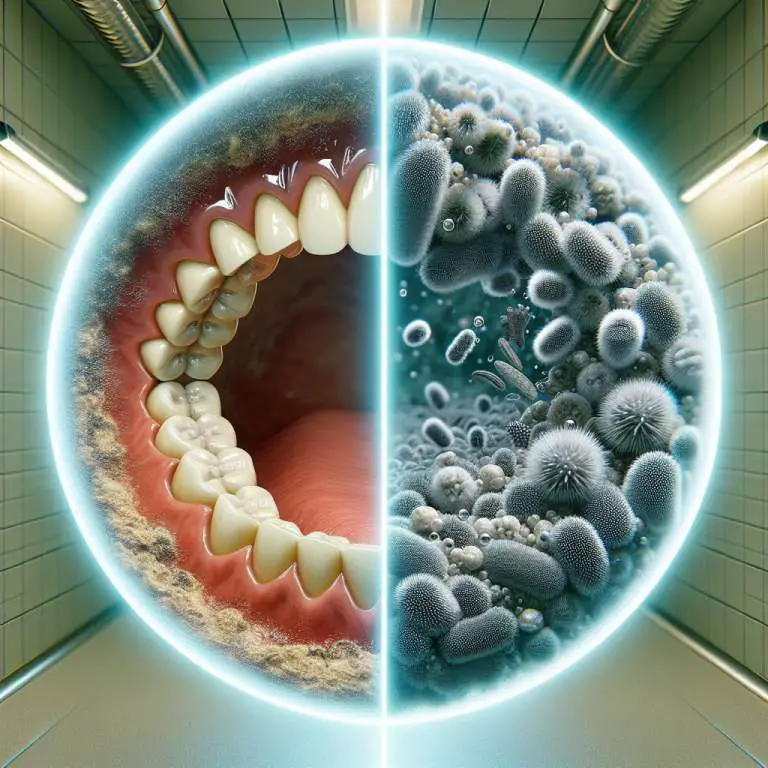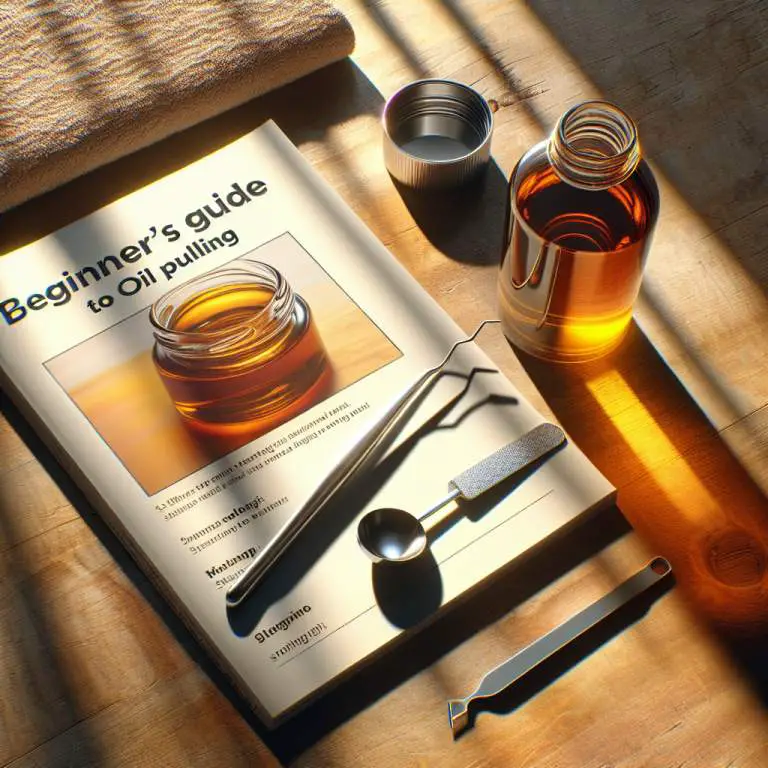Oil pulling vs. traditional oral care practices: A comparison
If you’re looking at oil pulling versus traditional oral care like brushing, flossing, and using mouthwash, here’s what you need to know. Oil pulling is an old method where you swish oil in your mouth to clean it. It can help make your mouth feel fresh and might fight germs. However, dentists say brushing and flossing are still the best ways to keep your teeth clean and healthy. So, if you’re trying to decide, it’s smart to stick with what experts recommend for the best care of your teeth.

How does oil pulling work compared to brushing your teeth?
When you brush your teeth, you use a toothbrush and toothpaste to remove food bits and plaque from your teeth and gums. This helps keep your mouth clean and your breath fresh. Brushing is a quick way to clean the surface of your teeth, but it might not get rid of all the germs and toxins.
Oil pulling, on the other hand, is when you swish oil around in your mouth for a period of time. This action pulls out bacteria and toxins from your mouth. The oil gets between your teeth and covers your gums, which can help clean places your toothbrush can’t reach. However, oil pulling doesn’t remove plaque as brushing does, so it’s not a complete substitute.
What are the benefits of oil pulling over traditional flossing?
Flossing is great for removing food and plaque that gets stuck between your teeth. It’s an important part of keeping your teeth and gums healthy. But, some people find flossing hard or uncomfortable, especially if they have sensitive gums.
Oil pulling can be gentler on your gums than flossing. It helps reduce harmful bacteria in your mouth, which can lower your risk of gum disease. Plus, oil pulling can reach more areas in your mouth than flossing can. This doesn’t mean you should stop flossing, but oil pulling can be a good addition to your oral care routine.
Can oil pulling replace mouthwash in your oral care routine?
Mouthwash is a liquid product you swish around in your mouth to kill bacteria, freshen your breath, and sometimes help prevent cavities. It’s a quick and easy way to boost your oral hygiene, especially after brushing and flossing.
Oil pulling can also kill bacteria and freshen your breath, much like mouthwash. Some people find oil pulling to be a more natural alternative to mouthwash, which can contain alcohol and other chemicals. While oil pulling can be a good part of your oral care routine, it’s best used along with, not instead of, mouthwash, brushing, and flossing.
What kind of oil is best for oil pulling and why?
There are several types of oil you can use for oil pulling, but coconut oil is often recommended. Coconut oil has a pleasant taste, which makes it easier to swish around in your mouth for the recommended time. It’s also high in lauric acid, which is known for its ability to kill bacteria and reduce inflammation.
Other oils like sesame oil and sunflower oil are also popular choices for oil pulling. These oils have their own health benefits and can be effective in removing bacteria from your mouth. The best oil for you might depend on your personal preference, especially in terms of taste and texture. Trying different oils can help you find the one that works best for your oil pulling routine.
| Feature | Oil Pulling | Traditional Oral Care |
|---|---|---|
| What it is | Swishing oil in your mouth | Brushing, flossing, using mouthwash |
| Goal | To clean and detoxify your mouth | To remove plaque and prevent cavities |
| Time | 15-20 minutes a day | 2-3 minutes, 2-3 times a day |
| Tools | Natural oils (like coconut oil) | Toothbrush, floss, mouthwash |
| Benefits | May reduce bacteria, whiten teeth | Prevents cavities, gum disease |
| Side Effects | Jaw soreness, not proven by all studies | None if done correctly |
| Cost | Price of oil | Price of toothbrush, floss, mouthwash |
How often should you do oil pulling for the best results?
For the best results, you should do oil pulling once a day, usually in the morning before you eat or drink anything. This timing helps because your mouth is full of bacteria that have grown overnight. By doing oil pulling first thing, you can help remove these bacteria and start your day with a cleaner mouth.
Some people might find doing it every day too much, so even three to four times a week can still be beneficial. The key is to be consistent with the practice. The longer you swish the oil in your mouth, typically around 15 to 20 minutes, the more bacteria you can remove.
Are there any risks or side effects of oil pulling you should know about?
Oil pulling is generally safe for most people, but there are a few risks and side effects to be aware of. For one, if you have a nut allergy, you should avoid oils that come from nuts, like coconut oil. Also, swishing oil around in your mouth for a long time can sometimes cause jaw soreness or dry mouth.
Another thing to watch out for is not to swallow the oil. Swallowing it can lead to stomach discomfort or diarrhea because the oil is full of bacteria and toxins that you’ve pulled from your mouth. Always spit out the oil into a trash can, not the sink, to avoid clogging your pipes.
What do dentists say about combining oil pulling with traditional oral care?
Most dentists agree that oil pulling can be a good addition to your oral care routine, but it shouldn’t replace traditional methods like brushing and flossing. Brushing your teeth twice a day with fluoride toothpaste and flossing once a day are still the best ways to keep your teeth and gums healthy. Oil pulling can be an extra step for those who want to go the extra mile for their oral health.
Dentists also remind us that while oil pulling can help reduce bacteria and plaque, it doesn’t have the same ability to remove food particles. That’s why combining oil pulling with brushing and flossing gives you a more comprehensive clean.
Final Thoughts
Oil pulling can be a great addition to your oral health routine if done correctly and consistently. It’s an ancient practice that has gained popularity in recent years for a good reason. By swishing oil in your mouth, you can help reduce harmful bacteria, freshen your breath, and even whiten your teeth.
However, it’s important to remember that oil pulling is not a cure-all. It should be used alongside traditional oral care practices like brushing, flossing, and regular visits to the dentist. By combining these methods, you can ensure the best possible care for your teeth and gums.







